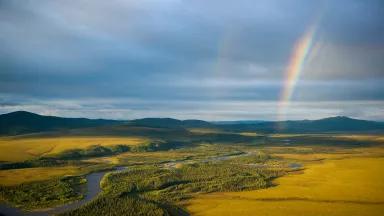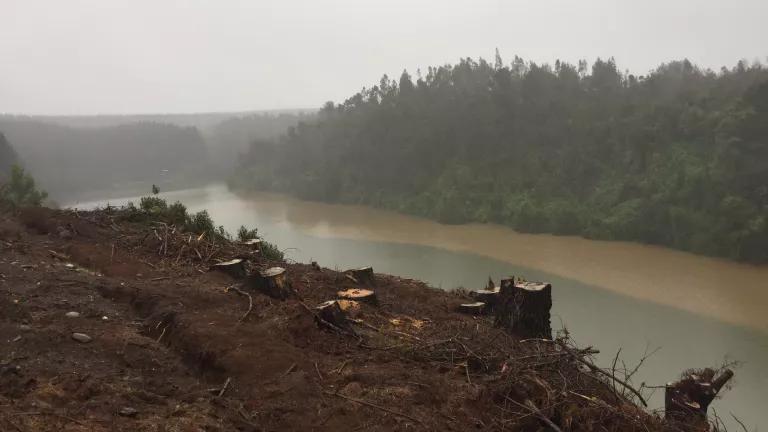Bioenergy Sourcing Endangers Our Planet’s Trees
NRDC analysis finds some of the world’s most imperiled trees are logged for bioenergy.
 Karl Adami.jpg.jpg?h=34aef14e&itok=i1Yygk2v)
Karl Adami
Global demand for wood pellets to burn as biomass energy is driving intense logging and clearcutting of some of the planet’s most important forests, with devastating climate and biodiversity consequences. While the biomass industry has always claimed it makes wood pellets from the leftovers of logging operations—referred to as “wastes and residues”—myriad independent investigations have shown that the industry routinely sources whole trees. NRDC analysis reveals that the bioenergy industry is, in fact, logging some of our planet’s most endangered trees.
By combing through the bioenergy industry’s own reports, NRDC was able to determine that at least 66 highly imperiled tree species have been logged for wood pellets to be burned in Asia and Europe to create electricity.
The biomass industry harvests trees using particularly destructive practices like clearcutting in old, ecologically rich, and climate-critical forests. This includes old-growth forests in Canada; bottomland hardwood forests in the North American Coastal Plain, a designated global biodiversity hot spot with 1,816 endemic plant species; and Natura 2000 reserves in the Baltics that are intended to preserve habitat for imperiled bird species (see also here).
So it should probably come as no surprise that included in the trees that the bioenergy industry is logging are some of the planet’s most imperiled species. According to certificates submitted by biomass companies themselves under the Sustainable Biomass Program and Forest Stewardship Council—two of the most used biomass “sustainability” certification systems—bioenergy companies have reported logging at least 66 species deemed “threatened with extinction” on the International Union for Conservation of Nature (IUCN) Red List of Threatened Species, the world’s most comprehensive source of information on species’ extinction risk. This includes 6 Critically Endangered trees, 26 Endangered trees, and 34 Vulnerable species.
These findings are likely just the tip of the iceberg. It is very difficult to differentiate many tree species in the field or in the lumberyard before they are turned into wood pellets, meaning more species may be impacted but not reported. Further, all biomass certification schemes rely heavily on self-policing and are prone to underreporting.
Unfortunately, international assessments and mechanisms that focus on the impacts of trade on imperiled tree species have not, thus far, considered the growing threat of bioenergy. For example, the IUCN Red List has not yet incorporated bioenergy into its species assessments. And the Convention on International Trade in Endangered Species of Wild Fauna and Flora (CITES)—the world’s only treaty tasked with ensuring that international trade in wild plants and animals does not threaten their survival—has not protected species based on impacts from the international trade in wood pellets.
Given the drastic risks that forest bioenergy presents to many tree species, it’s time to acknowledge the international trade in wood pellets as a significant threat to our planet’s tree species. CITES, the IUCN, and other bodies responsible for protecting imperiled species must obtain a more comprehensive picture of which tree species are being traded in the form of wood pellets, add the threat of international trade in wood pellets to threat assessments, and consider limiting trade of certain species that are affected by this trade.





